Bamboo is a versatile and resilient plant that can thrive in a variety of conditions, including deep shade. While many bamboo species prefer full sun or partial shade, there are several varieties that can tolerate or even prefer deep shade.
These shade-loving bamboo can add a unique and lush touch to any garden, even those with limited sunlight.
Shade-loving bamboo plants
There are several species of bamboo that can tolerate or even prefer shade in the UK, including:
- Phyllostachys aureosulcata 'Spectabilis', also known as yellow groove bamboo. It can tolerate some shade but also grows well in full sun.
- Sasa veitchii, also known as dwarf bamboo, prefers shade or dappled sunlight.
- Pleioblastus viridistriatus is a small bamboo that can tolerate deep shade.
- Pleioblastus chino 'Kanapaha' is a dwarf bamboo that prefers partial shade.
Specific conditions in which a bamboo will thrive will depend on a variety of factors, such as the specific microclimate in your garden, the soil type, and the amount of water and fertilizer the plant receives.
Phyllostachys aureosulcata 'Spectabilis'
One of the most popular shade-loving bamboo is Phyllostachys aureosulcata 'Spectabilis', also known as yellow groove bamboo.
This bamboo species is known for its striking yellow culms, or bamboo stalks, which can reach up to 6 metres tall.
While this bamboo species can tolerate some shade, it also grows well in full sun. It is considered winter hardy and can survive in temperatures as low as -10 degrees Celcius.
Sasa veitchii
Another shade-loving bamboo is Sasa veitchii, also known as dwarf bamboo. This is a small bamboo that prefers shade or dappled sunlight. It can reach a maximum height of around 1 - 1.5 metres and can be used as a ground cover or as an accent plant.
Sasa Veitchii has a fine textured leaf which makes it a great bamboo variety to add to a garden that needs a softer touch.
Pleioblastus viridistriatus
Pleioblastus viridistriatus is another small bamboo that can tolerate deep shade. It is a clumping bamboo that grows to a height of around 05 - 1 metre, making it a great option for smaller gardens.
Its leaves are a vibrant green and are about 3 centimetres long. This bamboo is great for planting under trees or in other areas where sunlight is limited.
Pleioblastus chino 'Kanapaha'
Pleioblastus chino 'Kanapaha' is a dwarf bamboo that prefers partial shade. It is a clumping bamboo that reaches a height of around 1 2 metres. It has a fine textured leaf and it is considered as a dwarf bamboo variety.
It is a great option for planting along the edge of a garden or near a patio where it can be appreciated up close.
Planting bamboo in deep shade
When planting bamboo in deep shade, it is important to keep in mind that these plants may not grow as quickly or reach their full potential as they would in a sunnier location. However, with proper care and maintenance, they can still thrive and add a unique touch to your garden.
Here are some important tips to bear in mind:
- The bamboo varieties listed above can tolerate deep shade, but they still need some sunlight to thrive. They will need at least 2-3 hours of direct sunlight per day to grow well.
- Always ensure that the soil is well-draining and rich in organic matter.
- Bamboo prefers a slightly acidic to neutral soil pH of around 6.0-7.0.
- Keep the soil consistently moist, but not waterlogged, as bamboo is susceptible to root rot.
Proper plant care and maintenance
In addition to proper care and maintenance, bamboo also benefits from regular fertilization.
Use a high-nitrogen fertiliser, such as a 17-9-11 fertilizer, to ensure that the plant receives the necessary nutrients to grow and thrive.
All in all, many bamboo species prefer full sun or partial shade, the varieties mentioned here can tolerate or even prefer deep shade.
These shade-loving bamboo plants can add a unique and lush touch to any garden, even those with limited sunlight. With proper care and maintenance, these bamboo plants can thrive and add a unique touch to your garden.


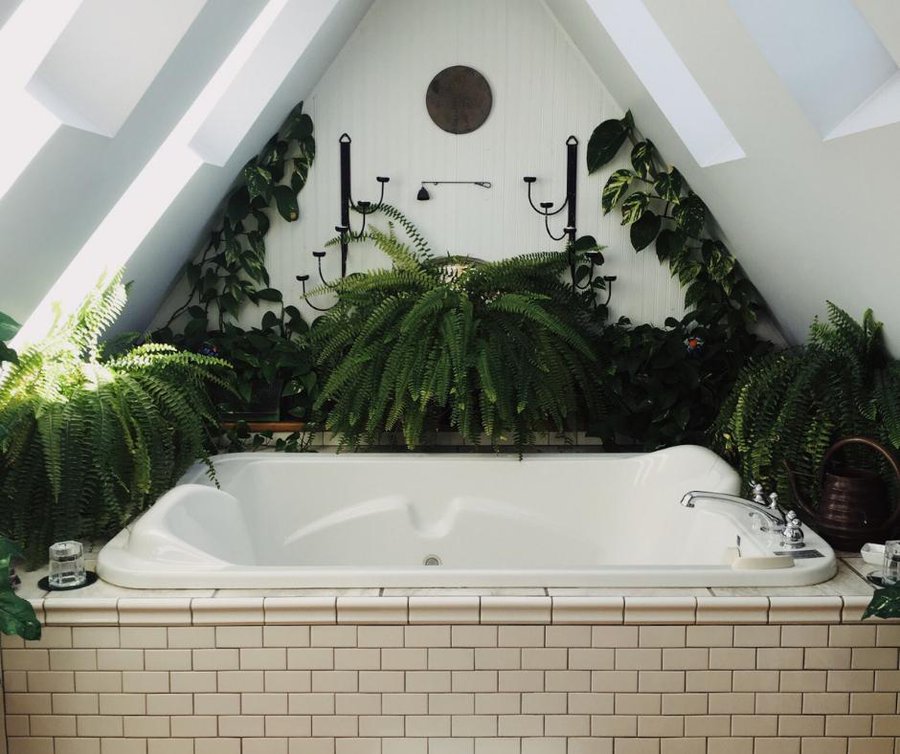


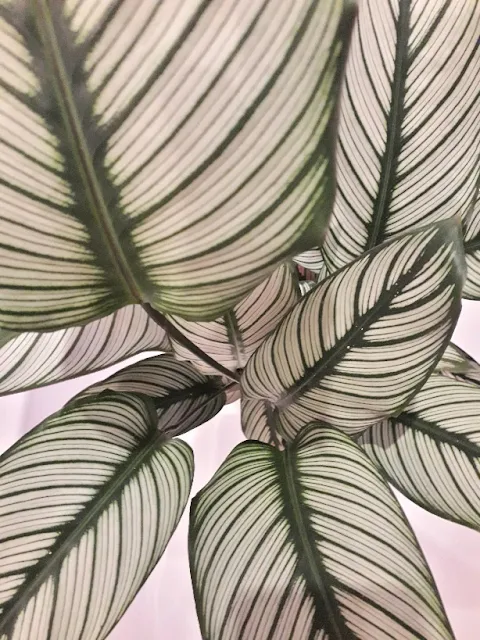
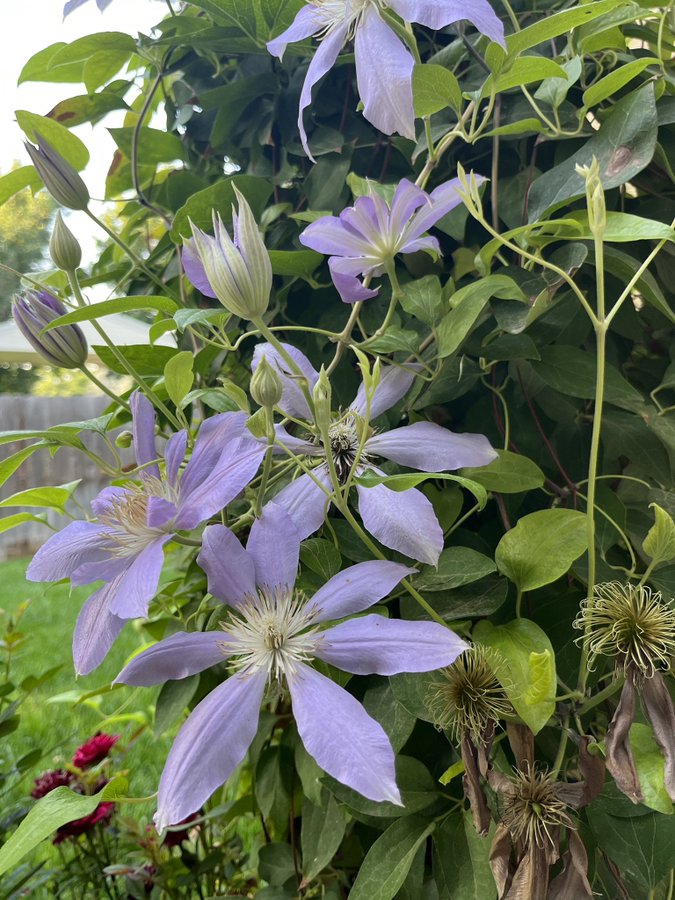
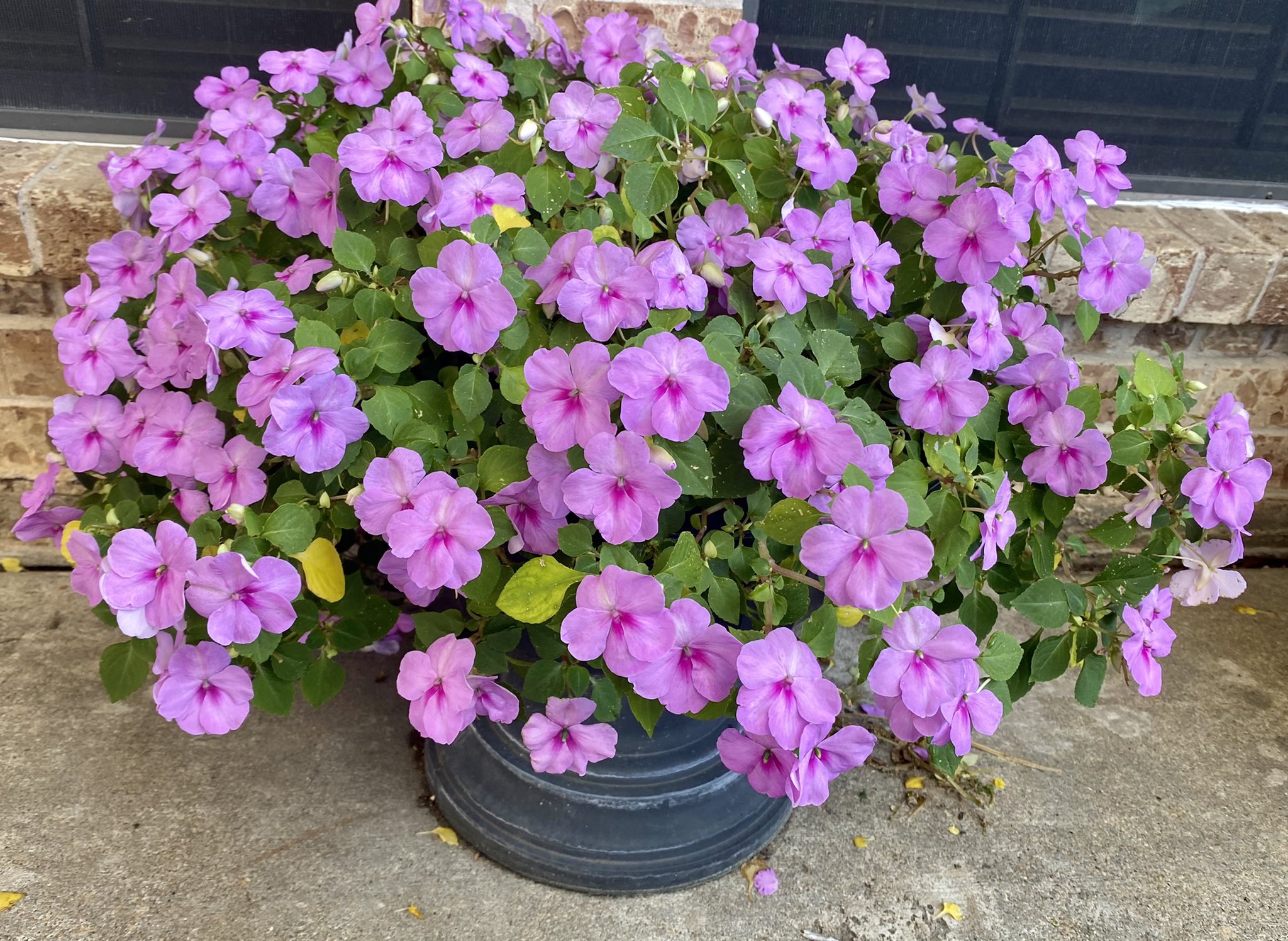
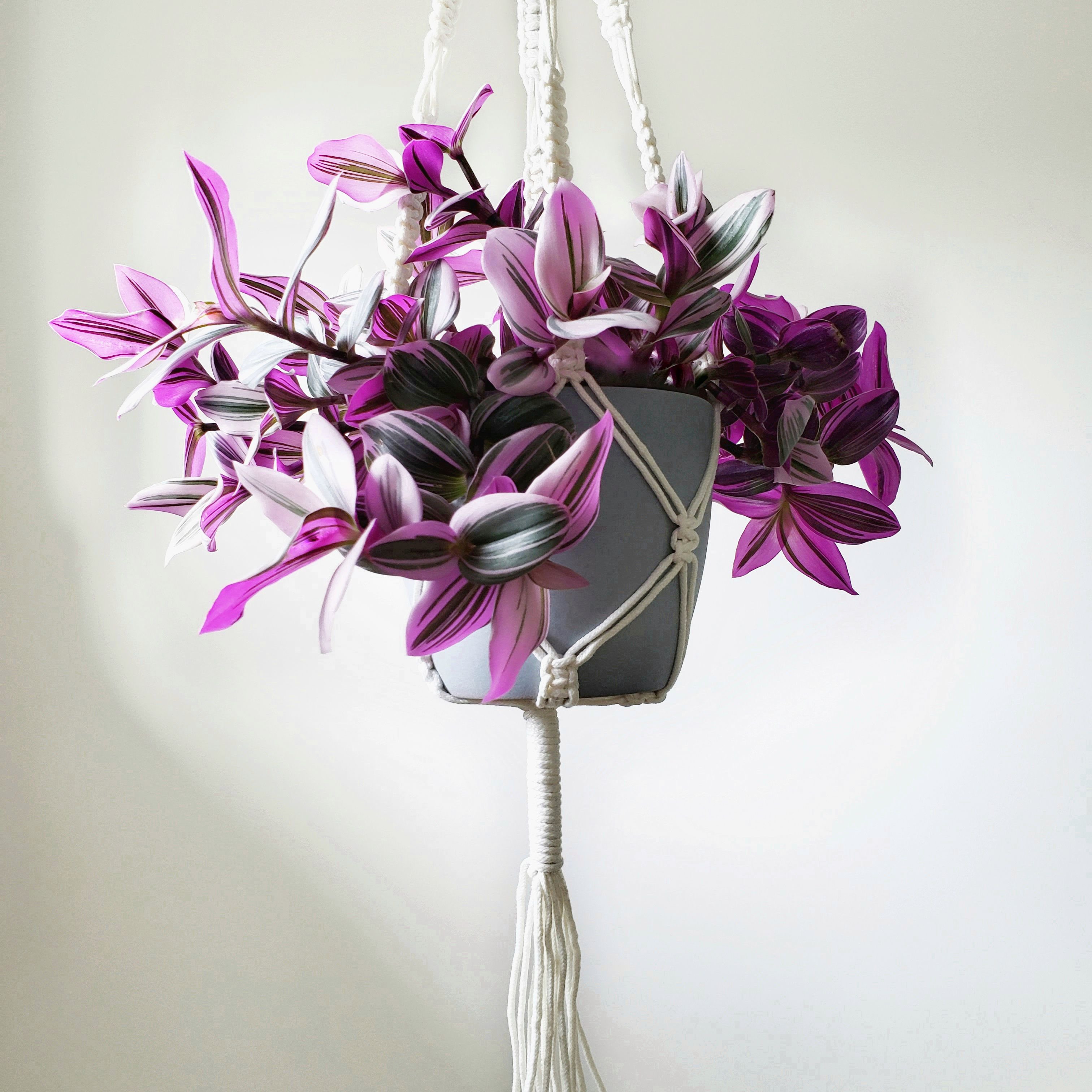
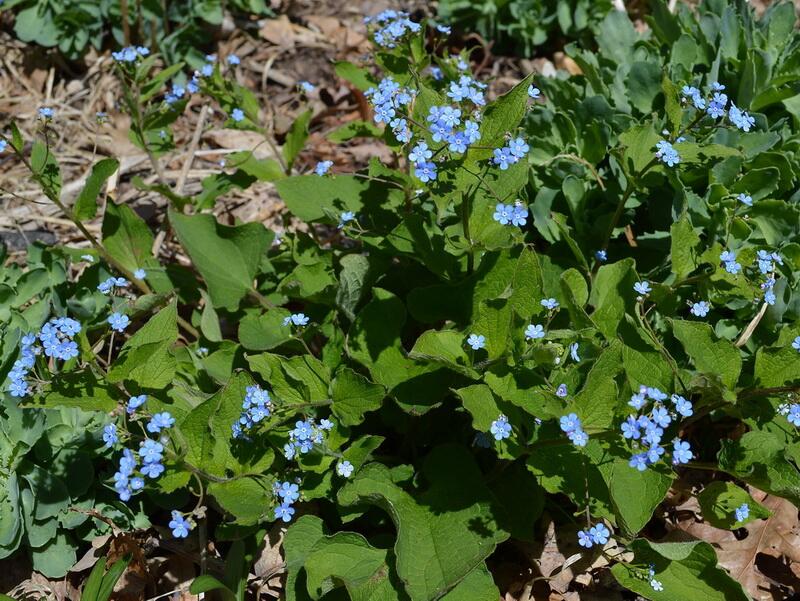
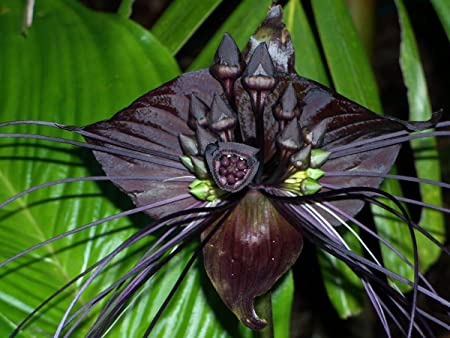
![Swiss Cheese Plant perfect houseplant that likes indoor Swiss Cheese Plant [Monstera deliciosa] Shade plant](https://blogger.googleusercontent.com/img/b/R29vZ2xl/AVvXsEjnfaFIjrsvfLDa8MEwJ3AIg8SFRyIAqrviqK4Y3XhNsUaY8zLZ7PanIJeQqVWrJhtmxst_0pBu_Ct44SwCPsevZ_t_kq6Y0ZUPDiLZjvb9P3o7g9VpSlzi544mT1ilyQKe6iMUl9975bulK-YkzgafxeaynyRYGWogE3j0GFvMXaZ15eTqnVtkOPWleg/w480-h640-rw/InShot_20220929_141318203.jpg)
